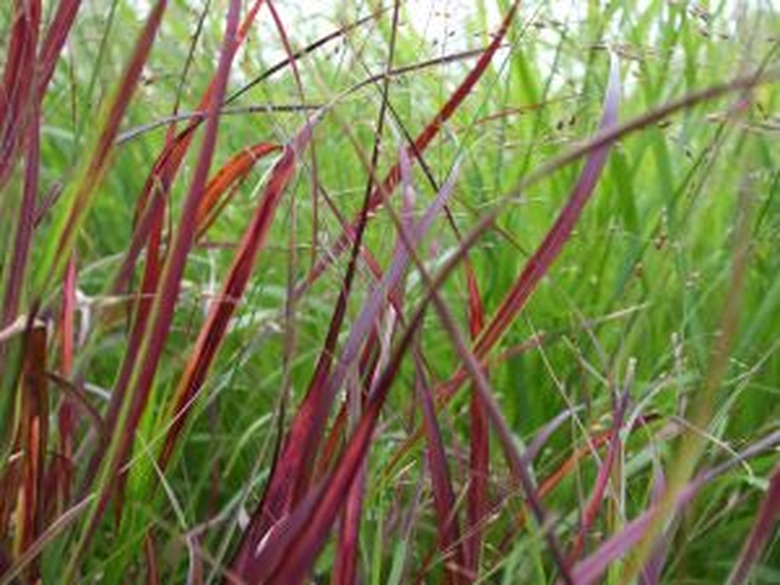How To Grow Japanese Blood Grass
Things Needed
- Shovel
- Blood grass plants
- Water
- Mulch
- Pruners
Tip
Propagate new plants by dividing the existing plants before new growth begins to show in spring. Plant divisions just as you did with the parent plant.
Warning
Water Japanese blood grass regularly to keep the soil moist, but do not allow it to dry out or sit in standing water. This is especially important for blood grass in containers which rely on you for all of its water.
Known for its blood red appearance, the Japanese blood grass is commonly used as garden borders, in rock gardens, or set up as container plants to add color to patios. While the plant can grow up to two feet tall, it also enjoys spreading out to fill available spaces. An attractive, perennial grass, if you know how to grow Japanese blood grass you not only will have a colorful garden, but also grow successful plants for division.
Step 1
Select a space in your garden or yard which receives full sun to light shade. While the plant will live in partially shaded areas, it may not achieve the full red coloration it is named for without direct sunlight.
Step 2
Space out your plants 12 to 18 inches apart and dig a hole for each plant at least as deep as the pot it is in and up to three times as wide. Your soil should have good drainage and not hold standing water.
- Known for its blood red appearance, the Japanese blood grass is commonly used as garden borders, in rock gardens, or set up as container plants to add color to patios.
- While the plant will live in partially shaded areas, it may not achieve the full red coloration it is named for without direct sunlight.
Step 3
Plant your container plants or divisions in mid-spring by setting them into the hole, leaving the top inch of it above the ground level to create a small mound. Fill in the hole and gently pack down.
Step 4
Water the new plants well when first put into the ground and continue to water every week for the first season, but less frequently if necessary. The surface of the soil should be allowed to dry, but the roots should stay moist.
Step 5
Add 2 inches of mulch around the blood grass plants and cover the spaces in between them as well. Keep mulching as necessary until you notice your plants have spread out enough that they block out the weeds for themselves.
Step 6
Cut the plants back to the crowns each year in early spring to encourage new growth. Spring-flowering, medium height bulbs interspersed with the plants can help "hide" the cut, dormant grasses.
- Plant your container plants or divisions in mid-spring by setting them into the hole, leaving the top inch of it above the ground level to create a small mound.
- Water the new plants well when first put into the ground and continue to water every week for the first season, but less frequently if necessary.
References
- Mid-Atlantic Gardener's Guide; Andre Viette, Mark Viette, Jacqueline Heriteau; 2003
